Engineering versus physics is one of the all-time battles when it comes to modern performance cars and the BMW M5 Touring is a prime example.
With 2550kg rolling on four hard-working tyres, this plug-in hybrid (PHEV) wagon from Munich weighs as much as a new LandCruiser 300 Series. The first-gen BMW M5, about 1120kg lighter, would be mortified.
But the new BMW M5 can do a lot of things the first one couldn’t.

For a start, you can get it as a wagon - if this is a surprise to you at this point you’ve not been paying attention. It’s notably the return of the M5 Touring (BMW-speak for wagon) after the sixth-gen M5 was sedan-only.
The wagon is only a little heavier than the sedan, by 40kg, so neither is petite. Big Red here comes in at 5096mm long, 1970mm wide (without mirrors) and 1516mm tall.
It is about 130mm longer and 70mm wider than the F90 M5 and because of its other new trick, driving under electric power, it is more than 500kg heavier. I’ll come back to this, because there are good things to talk about first.
The BMW M5 has a V8 engine - rejoice! Alongside an electric motor to help, the 4.4-litre twin-turbo petrol V8 under the bonnet is linked up with an eight-speed automatic transmission that drives all four wheels.
The whole drivetrain is good for 535kW and a suspiciously tidy 1000Nm, making it the most powerful M5 yet - by quite a margin. But it’s also slower. The last-gen M5 could hit 100km/h from a standstill in 3.4 seconds - the new one takes 3.6sec in Touring guise (3.5sec as a sedan).
A 305km/h top speed (thanks to the 'M Driver’s Package' as standard) in a vehicle capable of transporting a family of five and all the required accoutrements on a week-long holiday is frankly unnecessary and no one in their right mind who lives in Australia would dare test it.
Though, there's possibly a specific sort of person who's ready and willing to spend $265,700 (before on-road costs) on a family wagon.
That family would find plenty to like about the interior, by the way. The multimedia screen and drive display are big, clear units, though the former runs on BMW’s operating System 8.5 which is more complex and distracting than the last one. There’s still a physical control dial, as well as shortcut buttons on the centre console panel.
The Merino leather seats are comfortable and heated as well as ventilated in the front, the Bowers & Wilkins sound system has 18 speakers, there’s four-zone climate control and there’s either a sunroof to let the sunlight in or rear window blinds to block it out.
Behind the rear seats is at least 500 litres of space, which can grow to 1630L when the seats are folded.

There’s no spare wheel, as is so often the case these days, because an 18.6kWh lithium ion battery that enables a 61km electric driving range (under WLTP testing) is taking up some of the real estate under the car. It can charge at 11kW, by the way, taking a claimed two hours and 15 minutes to go from zero to 100 per cent charge.
And sure, getting around in electric mode is nice and smooth, quiet and subtle… but the BMW i5 can also be had in various forms, including the ridiculously fast M60 xDrive. I found myself more often than not driving the M5 in a custom mode of mostly 'Comfort' settings with the exhaust set to ‘hello neighbours’, but even then the M5’s V8 roar is a disappointment compared to the sounds of M cars even a decade ago.
What’s not disappointing is the power delivery. Not just the resulting speed, but the way the M5 relentlessly hauls itself. Electric assistance to an already brutal V8 means immediacy and smoothness the combustion-only mind could not comprehend. Even more so when using the boost function via the left paddle behind the steering wheel.
Ask more of the wagon via that wheel, and you’ll likely be impressed by the way the M5 handles and puts power down thanks to a combination of its 'M differential', rear-wheel steering and combination of double-wishbone front axle and a five-link rear set-up.
Knowing how heavy the M5 is, it’s impressive how agile the five-metre-long wagon is, those wide tyres doing their fair share of work to keep the thing on-track. But if you went in not knowing about the kerb weight, you might be a little disappointed.
And that’s my biggest gripe with the M5. If you take away its PHEV system, the M5 would be hundreds of kilograms lighter and better to drive. It being something like four-fifths as heavy would surely also make it far more efficient. Its 11.9L/100km fuel consumption rate during the test drive is acceptable for a V8 performance car, but it would be interesting to know how that would turn out if the M5 was a traditional hybrid or even a 48-volt mild-hybrid.
Along with the weight, the drive mode menus in the M5 feel unnecessary. There are separate menus for how the car’s electrification works as well as how its drivetrain, suspension, steering and traction control all work.
The unnecessary digital and physical complexities make themselves known throughout the driving experience, which is a shame, because the M5 Touring is an otherwise extremely likeable car. Not only does it offer plenty in terms of enthusiast appeal - a big V8 in a very capable shell - but it’s also a five-seater that doesn’t rule itself out as a daily driver.
BMW M5 2026: Touring
| Engine Type | BI Turbo V8, 4.4L |
|---|---|
| Fuel Type | |
| Fuel Efficiency | 0.0L/100km (combined) |
| Seating | 5 |
| Price From | $265,700 |
Verdict
I’m tempted to say the M5 should have just been a standard combustion car, but given the way regulations work and the fact the ability to drive under electric-only power is a huge benefit for those near Ultra Low Emission Zones (ULEZ) such as in London, it’s possible the M5 wouldn’t have been built unless it had a battery.
So instead, even with its flaws, it’s hard to deny the M5 puts a smile on your face. It’s fast, practical and, if you want to use it the wrong way, efficient. Plus, it's still miles better than buying a 'performance SUV'. Long live the wagon, and all that.





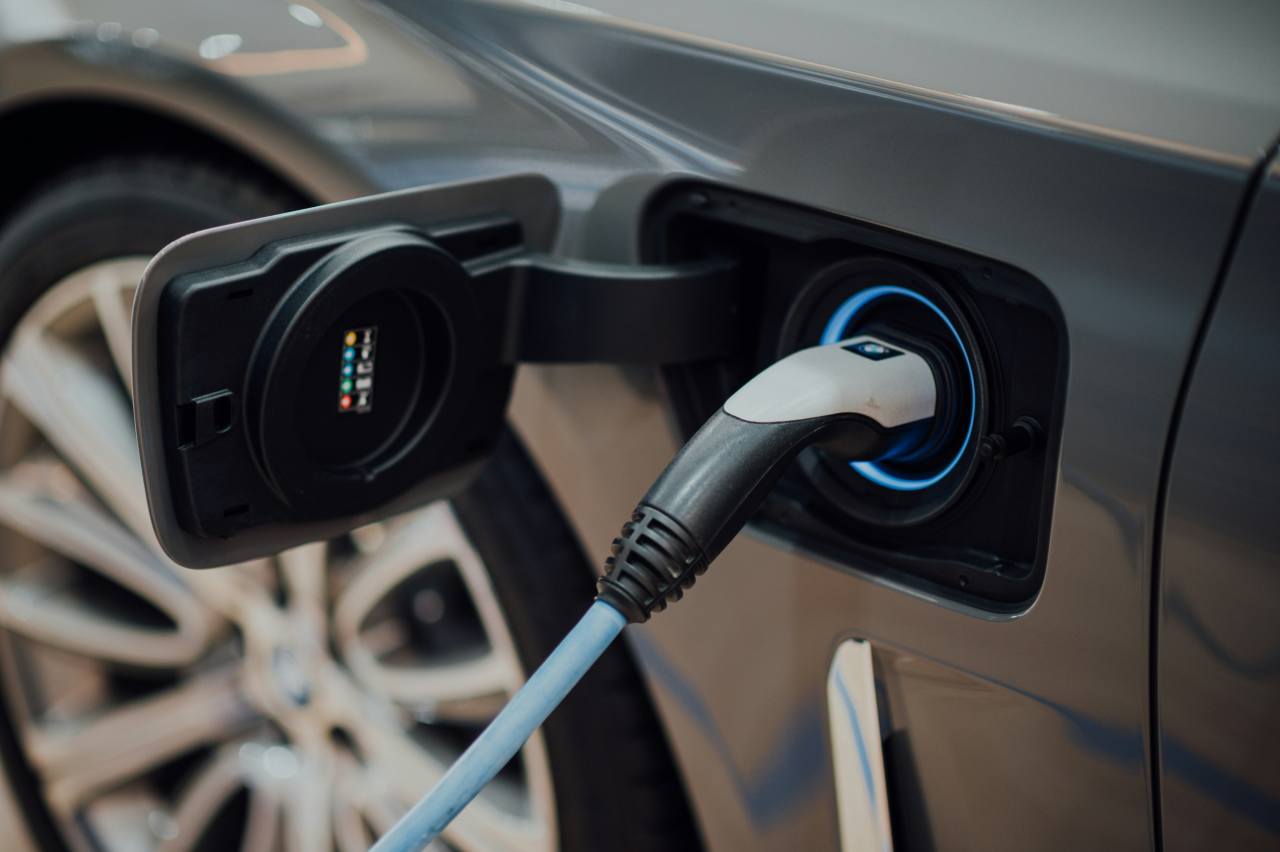

.jpg)




























































.jpg)

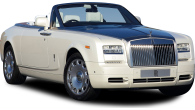


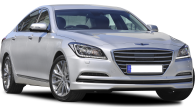


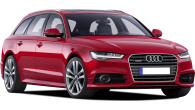
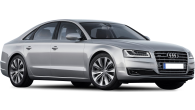
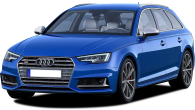












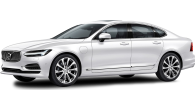

.png)










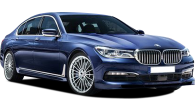





.jpg)
.jpg)



